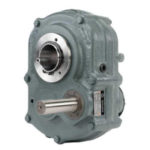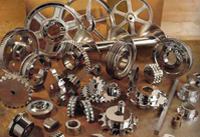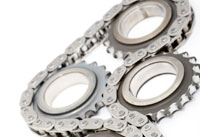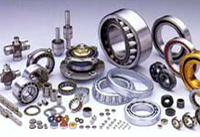
When it comes to industrial manufacturing parts and components, there are so many that people often do not know just how many there are. There are thousands! And, because of that, it is nearly impossible for our customers to know and understand what each component or part is and what it’s use/role is. Fortunately for you – at Bearing-Belt & Chain, we do know and understand the role of all the components and parts and we are always here to answer your questions! For the purposes of this article, we want to take a closer lookout shat mount reducers. Regal, a shaft mount reducer manufacturer, explains just what shaft mount reducers are, “Shaft mount reducers are enclosed helical gear reducers with a hollow output. They are mounted directly on the input shaft of the driven machine and are supported by the shaft and torque arm arrangement or motor mount frame. This eliminates the need for additional components to transmit torque from the reducer to the equipment.”
Shaft mount reducers, much like many industrial parts and components, come in a variety of materials, sizes, and styles. MachineDesign explains the best way to choose a shaft mount reducer size to ensure it works best for your application, “To size a shaft-mounted reducer, first determine the class of service based on the normal operating conditions for the application. Most reducer manufacturers publish application classifications and class ratings in their catalogs based on the American Gear Manufacturers Association ANSI/AGMA 6021-G89 “Standard for Shaft-Mounted and Screw Conveyor Drives Using Spur, Helical and Herringbone Gears.” Based on the experience of speed reducer manufacturers and end users, this standard is generally satisfactory for normal applications.Shaft-mounted reducers are classified as Class I, II or III, with corresponding Service Factors (SF) of 1.0, 1.4, and 2.0 respectively. Class I reducers operate under steady loads 10 hours or less per day. They are not subjected to heavy shock but may experience light shock loads on a limited basis…Class II reducers operate over 10 hours per day under steady or moderate shock loads. Starting loads or peak loads are not to exceed 280% of the maximum motor rating…Class III reducers operate over 10 hours a day, experience moderate shock loads, and may encounter heavy shock loads for up to 10 hours a day.” Choosing the right size shaft mount reducer is the difference between mechanical failure and inefficiency and a correctly-operating system that performs exactly as you need.


















